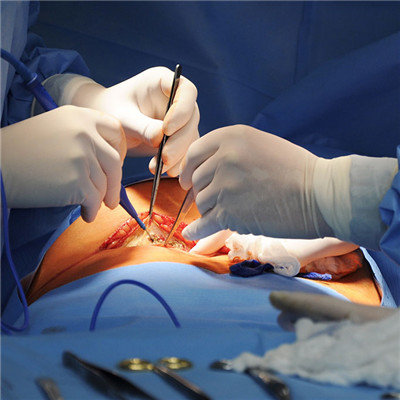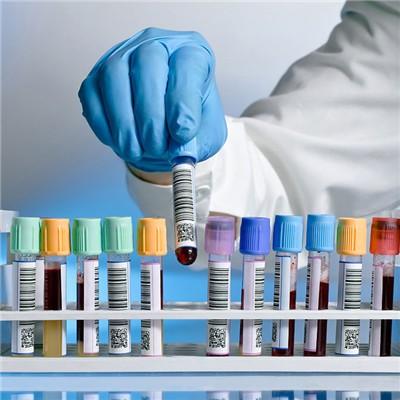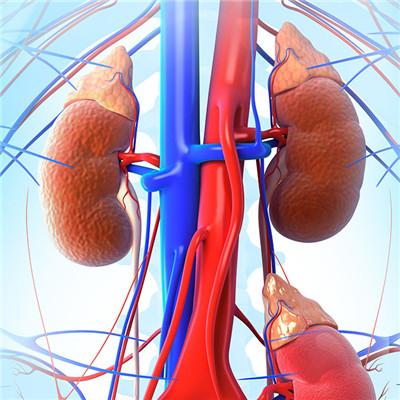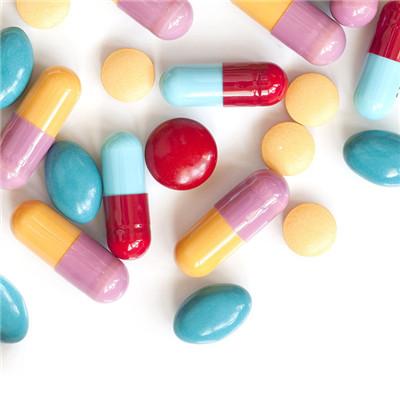What are the types and symptoms of scars?
summary
"Scar" is the physical, biological, chemical and other factors of damage to human skin and soft tissue, resulting in serious skin and soft tissue damage and can not be completely normal repair, replaced by fibrous tissue repair, leaving local symptoms that affect the appearance and function“ Scar "brings great physical and mental pain to patients, especially the scar left after burn, scald and severe trauma. What are the types and symptoms of scars? Let's talk about it
What are the types and symptoms of scars?
Hypertrophic scar showed prominent surface, irregular shape, uneven, flush and congestion, solid and tough. There is burning pain and itching. Hypertrophic scars are manifested in increased ambient temperature, emotional excitement, or aggravation of symptoms when eating spicy food. Hypertrophic scars often last for months or years before degenerative changes gradually occur.

Keloid is essentially a kind of connective tissue tumor on the skin, which is characterized by persistent strong proliferative force. It is often manifested as crab foot like infiltrating image to the surrounding healthy skin. The lesions protrude the skin surface, uneven, irregular in shape, hard and tough, and itchy.

Superficial scar: it refers to a kind of scar on the surface of the skin. It is mainly caused by mild skin abrasion or superficial burn (superficial dermis). Its appearance is slightly different from that of normal skin. The surface is rough or has pigment changes. Generally, it has no dysfunction. With the passage of time, the scar will become less obvious. Therefore, this kind of scar generally does not need to be treated.

matters needing attention
1. The first step to prevent scar is correct wound care. Whether it is trauma, scald, skin infection or surgery, scar will appear after wound healing. Correct wound care can avoid abnormal scar. 2. After the stitches are removed or the wound is initially healed, massage therapy and compression therapy will be carried out according to the situation. 3. Apply the adhesive tape or silica gel sheet to the healed wound. The adhesive tape should be applied 24 hours a day, while the silica gel sheet should be applied about 12 hours. The scope of application should be larger than the wound itself and include the surrounding normal skin.
















